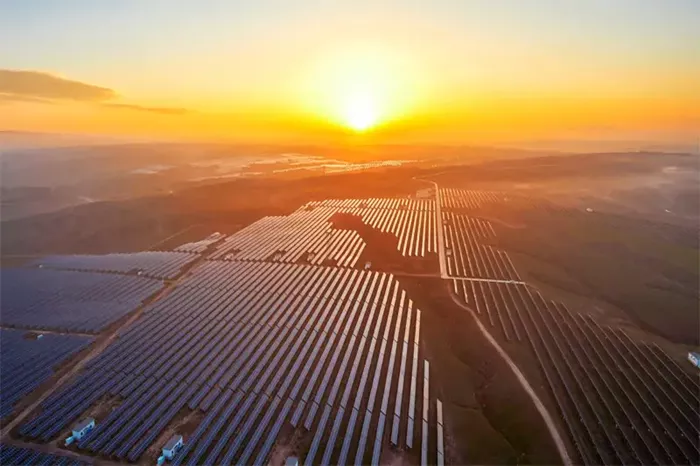During the first half of 2024, Australia’s electricity producers significantly increased their generation from fossil fuels, outpacing gains from clean power sources, according to data from energy think tank Ember.
Fossil fuel-fired generation reached 76.55 terawatt hours (TWh), marking a 4.2% rise compared to the same period in 2023—the largest increase in at least nine years. This growth underscores the ongoing challenge in transitioning Australia’s energy sector away from polluting fuels.
In contrast, electricity from clean power sources saw only a modest 1.3% increase over the same period, the smallest rise since 2017. As a result, clean power’s share of Australia’s electricity mix dipped to 35.6%, reversing a seven-year trend of growth.
Hydro power experienced a significant setback with a nearly 14% decline in output, largely due to reduced rainfall in key southern regions during the summer months. Wind farm output also decreased by 5.3% year-over-year, while solar farms recorded a record 12% increase, contributing significantly to Australia’s clean energy expansion.
Despite the growth in solar energy, which now dominates clean electricity generation in Australia, the intermittent nature of solar power necessitated increased reliance on fossil fuels to meet overall electricity demand, particularly during nighttime and cloudy periods.
Coal remains the dominant fuel in Australia’s electricity generation, accounting for 67 TWh during the first half of 2024—a 4.4% increase from the previous year and comprising 56.3% of total generation. Natural gas also saw a modest rise, contributing 9.6 TWh to the electricity mix.
These trends contributed to a rise in emissions from fossil fuel use in power generation, reaching 70.22 million metric tons in the first half of 2024—the highest level in two years. With the onset of the southern hemisphere winter and decreased solar output expected, further increases in fossil fuel use are anticipated to meet heating demands, despite potential recoveries in wind and hydro generation.
Looking ahead, a potential recovery in wind and hydro generation during peak output periods could help boost total clean electricity output and potentially mitigate fossil fuel reliance. However, with fossil fuel generation already surpassing last year’s levels by 4% in the first half of 2024, achieving substantial decarbonization remains a formidable challenge for Australia’s energy sector this year.
Related topics:

